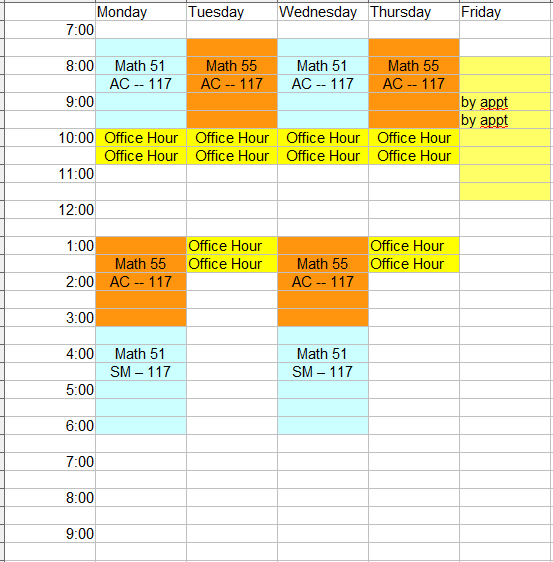 Welcome Students!
Welcome Students!
This is our Math 55 course website. I will post the course syllabus and
calendar here, as well as any worksheets and test reviews used in the
class. You may even contact me through this site. I look forward to
working with you!!!
contact me »


